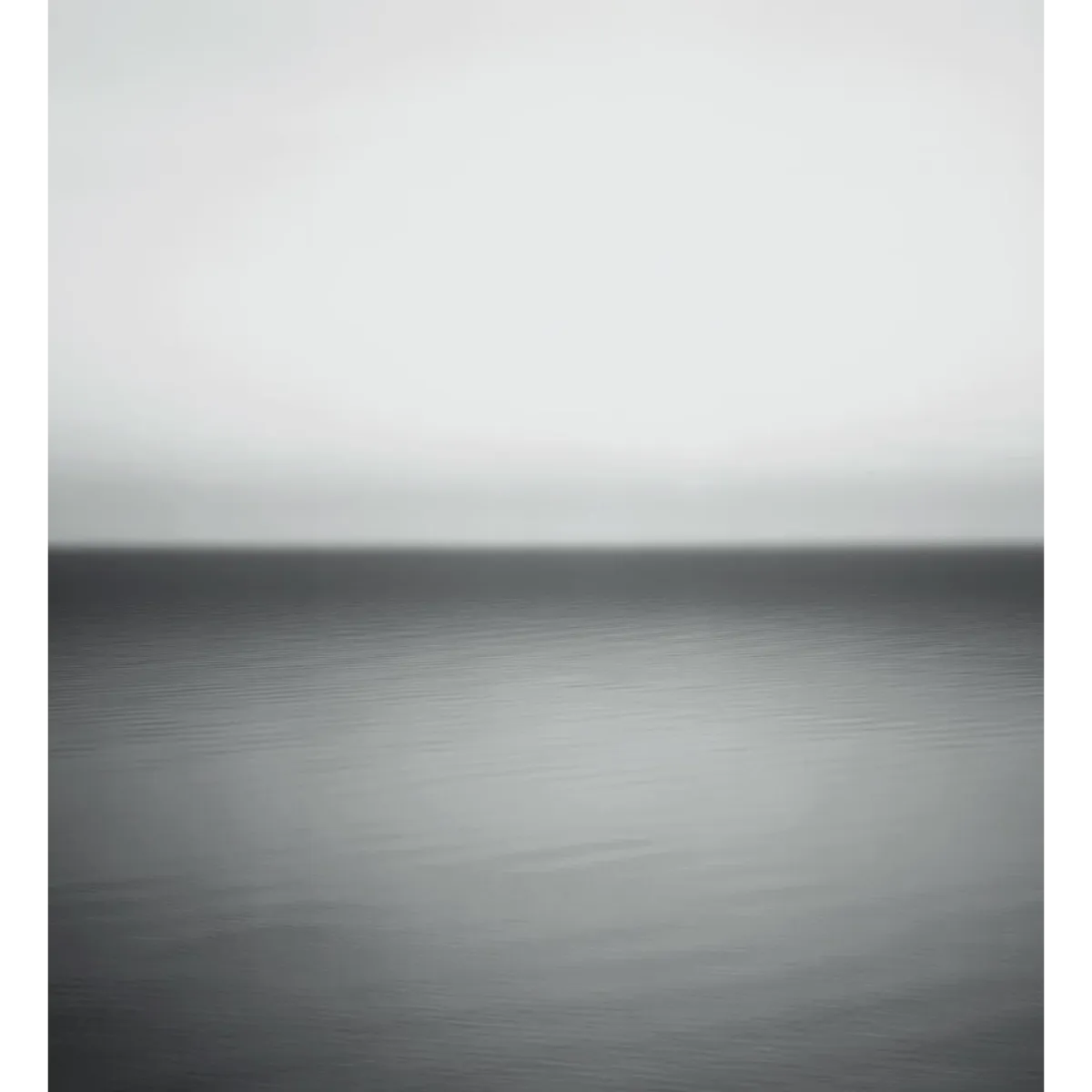② Enduring Dreams: a note on cinematic time

THE COMPACT CONTINUITY OF CONTINUOUS MOTION
Russell would not answer a paradox with a paradox. Even if he didn’t have a good understanding of the mechanism of film, of its composition frame by frame and its potential decomposition into frames or into scenes, he would not. It’s all in this, Russell did not accept the terms of Zeno’s paradoxes. He didn’t think they made sense.
He didn’t see Zeno’s paradoxes being the challenge they were meant as to what I’ve called the naturalistic view. His own view was stated to challenge Bergson’s duration. This view, the mathematical one, is that a continuum like time is divisible, infinitely, without breaking it, without stopping its flow, as Bergson has it. It is so for as long as it lasts.
This as-long-as-it-lasts is emphasised by Ó Maoilearca and Ansell Pearson. It goes to its nature of being what Russell calls a compact continuity. Ó Maoilearca and Ansell Pearson are at pains to point out Russell’s continuity is not the temporal continuum as such.
In fact I have dwelt with these writers on the first part of Russell’s argument. The second goes regardless of there never being a next film, because of the infinite number coming before any two, a cinematograph “will perfectly represent a continuous motion.” Therefore, he asks, wherein does the force of Zeno’s argument lie?
Russell uses the cinematograph ironically to dismiss the terms of the paradox. His own statement does not hold with there being any. He’s not going to the movies to see his favourite film and waiting, potentially endlessly, for it to show. He’s arguing for the perfect representation of the sort of continuous motion he subscribes to as view of time.
It is passably adequate, adequate to the purpose of dismissing Zeno’s terms and to dispensing with philosophical time. It is so for its perfect representation. This has to do with nothing else apart from the nature of cinema and so the force of his example is an effect of that nature.
The nature of cinema is to represent perfectly a continuous motion. It doesn’t matter about the intervening films because this does not subtract from that perfect representation. Their potential for endless postponement of any next film is not at issue.
The compact continuity of the continuous motion represented by the cinematograph ought to be taken into account. It’s not an infinity. It’s not a slice or section of a continuum.
At issue is that Zeno’s paradoxes do not perfectly represent a continuous motion. The arrow in flight, the tortoise, Achilles, are engaged in a thought experiment that goes against common sense and the naturalistic view of time. For this view, animated by our habits and our use of natural language’s spatial metaphors for time, time is space.
Russell’s example is not about returning to this view. He wants to show it as being inadequate but this time inadequate to science and mathematics. What is demanded, unlike duration that cannot be represented, is a perfect representation that can be measured and, it is for Russell, measured without being either broken or divided. It is so without changing its quality.
Were the quality to change, the measurement would not hold. Rather than being pegged to space, as in the naturalistic view, time is pegged to the points articulating a continuous motion. For this reason Russell doesn’t go in to the frames making up a film or its scenes. He holds to the continuous motion of its imagery.
The moving image gives a perfect representation of a continuous motion. In common usage, however it is composed technically, whether of frames or pixels, the moving image is singular. We know and can ignore the fact that any continuous imagery engages a movement, of frames or pixels, of pictures drawn or computer generated, before that represented on a screen.
In the case of the digital, it might be said there is never any before. Digital imagery represents movement itself. As the digital image is always a moving image, given that it consists of moving images, perhaps it’s better to think of moving image, with or without the article, as a collective noun.
Ignoring the composition of moving image from moving image, in order to say it is the one perfectly representing a continuous motion, cuts one image out from all others. These potentially make up the moving image but they are also set in train, made by it. Where to stop the moving image in its continuous motion?
Russell’s perfect representation of a continuous motion imposes on continuity a unity. In his example the unity is integrated locally as a single film so that it arises as a paradox for Ó Maoilearca and Ansell Pearson, the paradox of there never being a next, Russell says, while there is forever a next film, which he doesn’t say. It is no paradox for him but a proof of the terms, the terms for measurement in time and space being challenged by Zeno’s paradoxes, not holding.
It is as if cinematic time underlies the naturalistic view of time with its spatial references that Zeno uses. It is a new naturalism but one of cinema and it is here receiving its official philosophical endorsement. Russell’s view is a naturalisation of cinematic time.